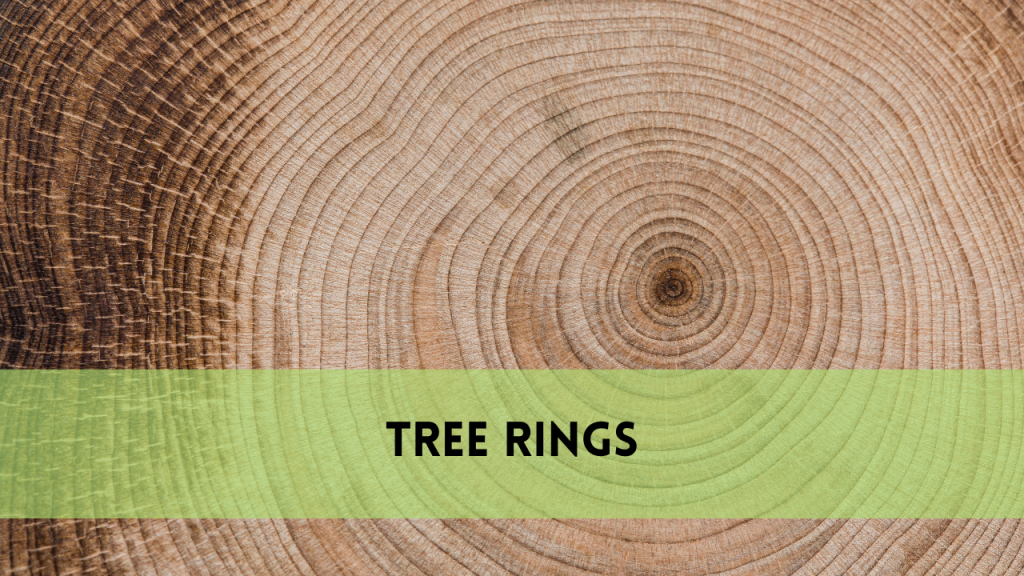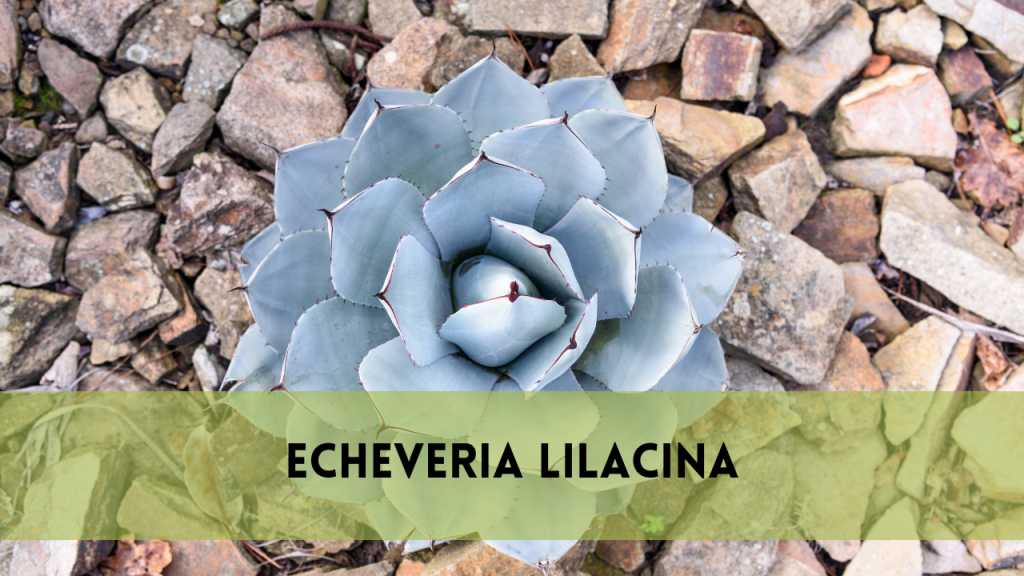Trees that Grow in Water
Welcome to Arborist Heights, your go-to site for everything tree-related! In a detailed guide, we’ll look at the interesting world of trees that grow in water. From stately mangroves to durable bald cypress, we look at the distinct traits and ecological significance of these water-loving plants. Learn about their specific adaptations, such as intricate root systems and inundation tolerance, and their roles in sustaining healthy ecosystems. Whether you’re a tree lover, an environmentalist, or a professional arborist, join us on a trip to understand and appreciate the vast range of trees that call water home.
Environmental impact of trees that grow in water
Reduced soil erosion: Water-grown trees can help stabilize soil along waterways, lowering erosion and sedimentation.
Enhanced water quality: Water-grown trees’ root systems can filter pollutants and improve water quality by absorbing excess nutrients and trapping sediment.
Habitat creation: Water-grown trees provide habitat for aquatic and semi-aquatic species, which helps to conserve biodiversity.
Water-grown trees absorb carbon dioxide from the atmosphere, helping to mitigate climate change by acting as carbon sinks.
Flood control: Planting water-grown trees along riverbanks and in flood-prone areas can help reduce the effects of flooding by absorbing excess water and lowering peak flow rates.
Trees that grow in water
Mangroves
Coastal regions, particularly tropical and subtropical areas, are home to mangroves, an important ecosystem. These distinctive trees have evolved in saline water and muddy, waterlogged soils, making them hardy in harsh coastal situations. Mangroves play an important role in coastal protection by strengthening shorelines against erosion and protecting coastal populations from storm surges and tsunamis. Their complicated root systems also serve as habitats for a wide variety of marine species, such as fish, crustaceans, and mollusks, helping to conserve biodiversity and support local fisheries. Mangroves also operate as carbon sinks, removing substantial amounts of carbon dioxide from the atmosphere and helping to prevent climate change.
Willows (Salix species)
Willows, which belong to the Salix genus, are diverse trees and shrubs recognized by their tolerance to changing environmental conditions. Many willow species thrive in wet settings, making them ideal for growing in waterlogged soils and along riverbanks. Their slender branches and lance-shaped leaves add to their beautiful appearance.
Many wildlife species, including birds and insects, rely on willows for their habitat and food, recognizing their ecological importance. They also help to stabilize soil and prevent erosion, which is especially important in riparian zones and flood-prone places.
Folklore and traditional medicine attach cultural significance to willows, employing several species for their therapeutic properties. Furthermore, their rapid growth and capacity to regenerate from cuttings make them ideal candidates for landscaping and restoration projects that aim to increase biodiversity and restore degraded ecosystems.
Bald cypress
The Bald Cypress (Taxodium distichum) is a magnificent tree native to the southeastern United States and parts of Mexico. It is well-known for its peculiar look, which includes a straight trunk that frequently swells at the base and characteristic “knees” or pneumatophores that emerge from the water in swampy places.
These trees thrive in wetland environments such as swamps, marshes, and riverbanks, where they can withstand protracted periods of flooding. Bald Cypress is extremely tolerant of wet soils and can thrive in freshwater and brackish conditions.
Bald cypress forests serve critical ecological tasks such as providing homes for a variety of wildlife, controlling floods, and purifying water. Furthermore, buildings value the robust wood of the Bald Cypress for its rot resistance, particularly for outdoor applications like decking and siding.
Black tupelo or black gum
Black Tupelo, called Black Gum or Nyssa sylvatica, is a deciduous tree in eastern North America. Renowned for its spectacular fall foliage, its leaves change vivid colors of crimson, orange, and purple, making it a popular choice for landscaping and ornamentation.
This tree thrives in damp, acidic soils commonly found in bottomlands, swamps, and along river banks. It can withstand periodic flooding and is well-suited to wetland areas.
Black tupelo has significant ecological benefits, providing habitat for a range of wildlife species, including birds and mammals. Black Tupelo wood, valued for its strength and durability, finds application in the production of furniture, veneer, and tool handles.
Land development and deforestation threaten Black Tupelo populations, threatening their ecological and economic importance and underscoring the urgency of conservation efforts to preserve this valuable species.
Swamp Oak (Quercus palustris)
The swamp oak, scientifically known as Quercus palustris, is a deciduous tree native to North America. As the name implies, it thrives in swampy or wetland environments, but it can also tolerate various soil types and moisture levels.
Swamp oak, with its distinctive pyramid-shaped crown and glossy green leaves, enhances the aesthetic appeal of wetland landscapes. In the autumn, its foliage changes to vivid tones of red and orange, adding to the season’s attractiveness.
Swamp oak is an ecologically important habitat and food source for a variety of wildlife species, including birds and mammals. For sustenance, many animals rely on the acorns it produces.
Its attractive grain patterns make it popular in construction, furniture making, and flooring.
River birch
The river birch, scientifically known as Betula nigra, is a deciduous tree native to eastern North America. People prize it for its attractive peeling bark, revealing pink, orange, and brown undertones. River birch thrives in moist, well-drained soil, making it ideal for riparian zones and flood-prone areas. Its delicate, serrated leaves turn a vibrant yellow in the autumn, adding to its visual appeal. River birch provides habitat and food for many wildlife species, including birds and mammals. Its ability to withstand wet conditions makes it ideal for stabilizing soil along riverbanks and preventing erosion.
Red maple
Red maple (Acer rubrum) is a versatile deciduous tree native to eastern North America. It is known for its brilliant red foliage in the fall, which adds a pop of color to landscapes. Red maple tolerates a wide range of soil types and moisture levels, thriving in upland and wetland environments. Its small, red flowers appear in early spring and provide nectar to pollinators. Ecologically, red maple provides habitat and food for a wide range of wildlife species, including birds and mammals. Its attractive grain patterns and moderate durability make it suitable for furniture, flooring, and veneer.
How to Propagate Trees that Grow in Water?
Choose healthy branches or cuttings from your selected tree species.
Remove any leaves from the lower half of the cut.
Place the cuttings in a jar of water, with at least a few nodes submerged.
To avoid bacterial development and stagnation, change the water regularly.
Keep the container in a warm, bright setting, but avoid direct sunlight.
Wait for roots to form, which could take many weeks or months.
Once the roots have formed, place the cuttings in soil or a larger container with potting mix.
Continue to provide the new plants with frequent watering and sunlight.
Ideal Growing Conditions for Water-Grown Trees
Adequate sunshine: Provide enough light, usually through artificial grow lights or natural sunlight exposure.
Balanced nutrient solution: Keep a carefully made nutrient solution rich in important minerals and components.
Aerate the water properly to prevent root suffocation and promote healthy growth.
Monitor: We monitor and adjust pH levels to maximize nutrition absorption.
Temperature: Maintain stable temperatures appropriate for tree growth, often ranging from 65°F to 80°F (18°C to 27°C).
Related Posts:
Best Practices for Growing Trees Hydroponically
Choose hydroponic tree species, such as tiny fruit trees or fast-growing varieties.
Use of a well-designed hydroponic system and fertilizer solutions appropriate for the tree’s growth stage.
To avoid root rot, the fertilizer solution is well-aerated and oxygenated.
Maintain appropriate environmental conditions, such as temperature, humidity, and light intensity.
Regular monitoring and adjustments to pH levels are necessary to maintain adequate nutrient intake.
Provide adequate tree support, such as trellises or posts.
Regular pruning is necessary to maintain healthy growth and prevent overgrowth in trees.
Conduct pest and disease inspections regularly and implement necessary control measures.
FAQs
What are the advantages of water-based tree cultivation?
Water-grown trees have the potential to improve water quality, reduce soil erosion, and provide habitat for aquatic species.
Do water-grown trees require any special care?
Yes, they may require monitoring to ensure adequate water levels, sunlight exposure, and occasional pruning.
Can we transplant water-grown trees into the soil?
Yes, you can carefully plant them in the soil once they have formed roots.
What are some of the most typical problems in producing water-grown trees?
Algae growth, root rot, and maintaining water nutrient balance are all issues to consider.
How long does it take for a tree to grow in water?
Growth rates vary, but trees usually produce roots in a few weeks to a few months.
Is it possible to grow trees hydroponically with tap water?
Yes, but it is critical to check water quality and pH levels to avoid problems like mineral accumulation.
Conclusion
Finally, studying trees that grow in water reveals an intriguing facet of nature’s tenacity and adaptation. These trees, from the beautiful Weeping Willow to the strong River Birch, not only flourish in aquatic environments but also provide significant advantages to ecosystems and landscapes. While cultivating trees in water poses unique problems, such as monitoring water quality and preventing root rot, the benefits of lush vegetation and better water quality make the effort worthwhile. Whether you’re thinking about starting a hydroponic garden or are simply fascinated by water-grown trees, Arborist Heights is here to help you understand, cultivate, and appreciate these incredible botanical wonders.




